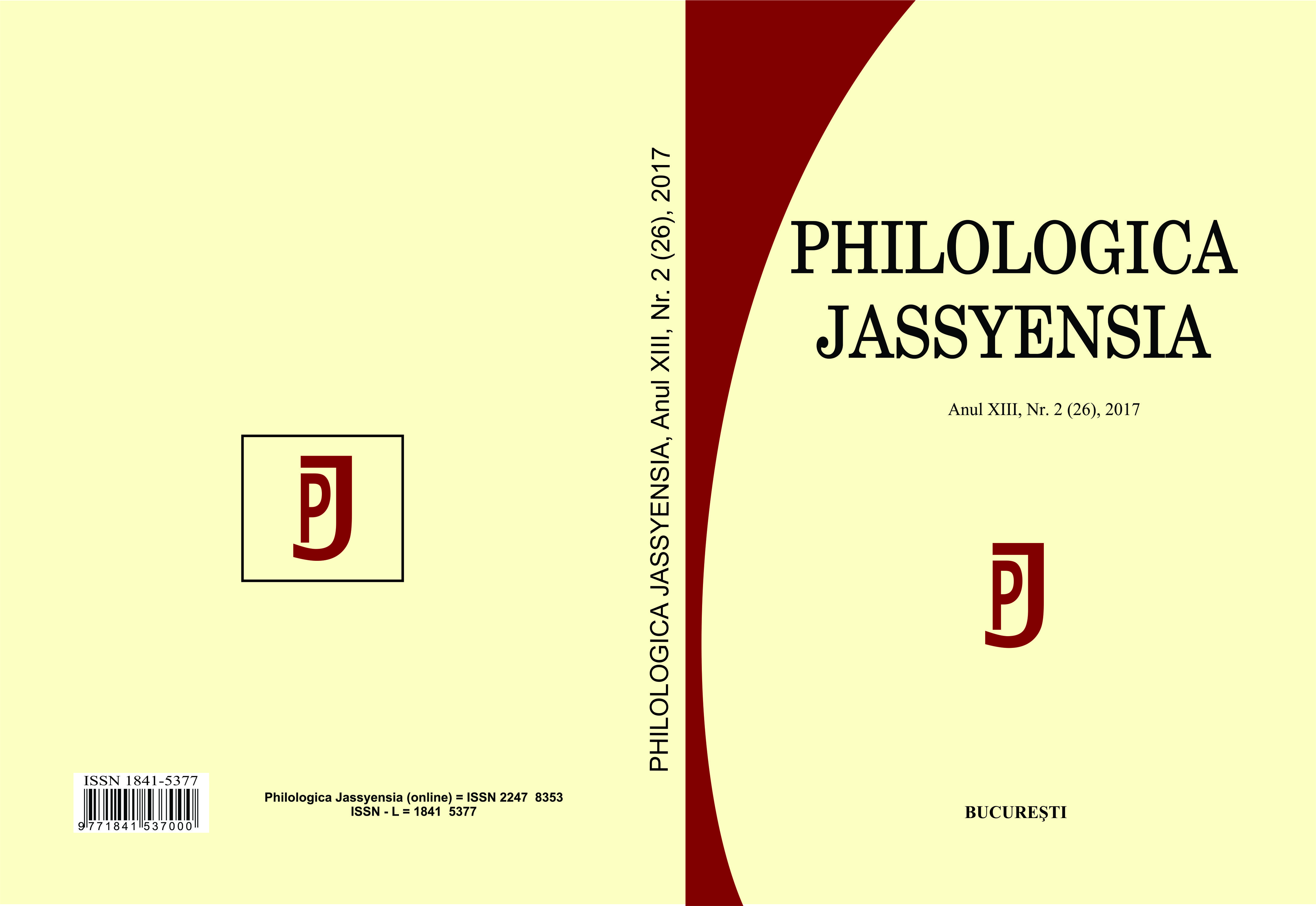La formula documentaria della defensio nelle carte notarili latine della Langobardia minor (IX secolo): uno studio linguistico
The Notarial Formula of the Defensio in the Chartae of the Langobardia minor (9th Century): a Linguistic Study
Author(s): Paolo GrecoSubject(s): Language and Literature Studies
Published by: Editura Tracus Arte
Keywords: Medieval notarial documents; Medieval Latin; Late Latin; complement clauses; formulaic language
Summary/Abstract: The 105 Latin notarial documents of the 9th century stored in the Archive of the Badia della S.ma Trinità of Cava de’ Tirreni represent a fundamental source for the history of the Langobardia minor. The language of these documents is also interesting, in that it constitutes an extraordinary field for the study of the complex linguistic and cultural phenomena that took place in the transition from Latin to the Romance varieties in Southern Italy. The questions that arise when analyzing the language of these chartae are a challenge for historical sociolinguistics, and in particular for its methods and interpretative tools. For instance, it has been shown that the language of these texts cannot be easily interpreted in the framework of classic analytic categories such as bilingualism or diglossia. From a linguistic point of view, these documents represent an important source for the study of the development of certain linguistic structures in the transition from Latin to the Romance languages. The language of these chartae is in fact a system that has some points in common both with the Latin of the previous centuries and with the subjacent Romance varieties. Though, it is also often irreducibly different from both the Latin models and the Romance outcomes. Some mechanisms of this language are more oriented towards the Latin system, some others are more oriented towards the Romance systems; many can be interpreted neither in one sense, nor in the other, and need to be interpreted within a different analytic framework.In this paper, we discuss some linguistic issues (mainly, but not only) related to the analysis of the syntax of the defensio, a very common formula in these documents, and we aim at showing that the syntax of these texts can only be interpreted in a framework in which the interactions of syntax, semantics and textuality are considered of crucial importance. Moreover, we highlight that a fine-grained linguistic analysis of the micro-variations in the linguistic realization of the formula of the defensio can provide useful information for a more comprehensive understanding of the mechanisms underlying the process of writing the texts of our corpus. In particular, some hypotheses on the characteristics of the formularies used by certain notaries are formulated. Finally, a discussion on the meaning of the verb antestare is also provided, with some indications of possible paths for a clear identification of the meaning of this predicate.
Journal: Philologica Jassyensia
- Issue Year: XIII/2017
- Issue No: 2 (26)
- Page Range: 71-88
- Page Count: 18
- Language: Italian

